The International Space Station is bright enough to be seen from Earth.
Click on image for full size
Courtesy of NASA
ISS is a star?
News story originally written on September 15, 1999
Now that the pieces to the International Space Station are getting put together, the satellite can be seen in the sky. The ISS appears to be a star, second in brightness only to Venus.
If the sky is clear, the station is easily spotted in the morning or evening sky. The ISS will be visible throughout assembly, lasting four or five years. See the link below for times the ISS is visible from your city.
You might also be interested in:
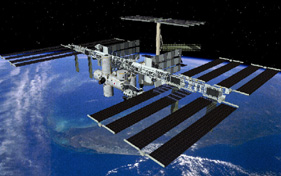
Well, the good news is that the first module of the International Space Station (ISS) is still on schedule for launch this November. The second U.S.-built module named Unity will launch in December. Ready
...more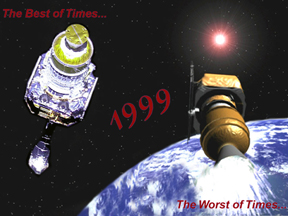
It was another exciting and frustrating year for the space science program. It seemed that every step forward led to one backwards. Either way, NASA led the way to a great century of discovery. Unfortunately,
...more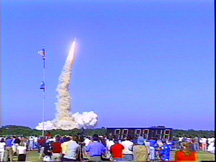
The Space Shuttle Discovery lifted off from Kennedy Space Center at 2:19 p.m. EST, October 29th. The sky was clear and the weather was great as Discovery took 8 1/2 minutes to reach orbit for the Unitied
...more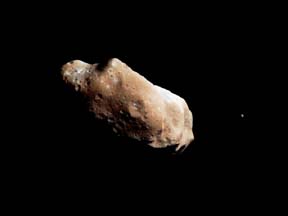
A moon was discovered orbiting the asteroid, Eugenia. This is only the second time in history that a satellite has been seen circling an asteroid. A special mirror allowed scientists to find the moon
...more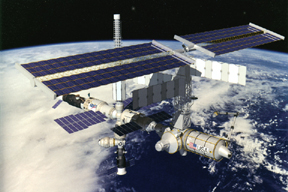
Will Russia ever put the service module for the International Space Station in space? NASA officials are demanding an answer from the Russian government. The necessary service module is currently waiting
...more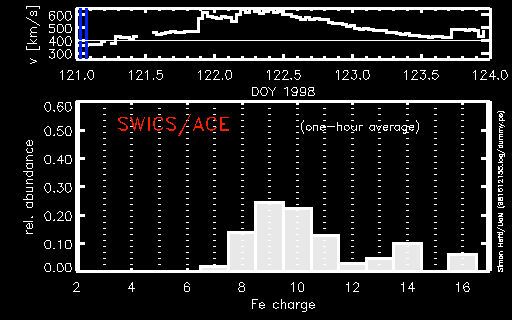
During a period of about two days in early May, 1998, the ACE spacecraft was immersed in plasma associated with a coronal mass ejection (CME). The SWICS instrument on ACE, which determines unambiguously
...more
J.S. Maini of the Canadian Forest Service has referred to forests as the "heart and lungs of the world." Forests reduce soil erosion, maintain water quality, contribute to atmospheric humidity and cloud
...more














